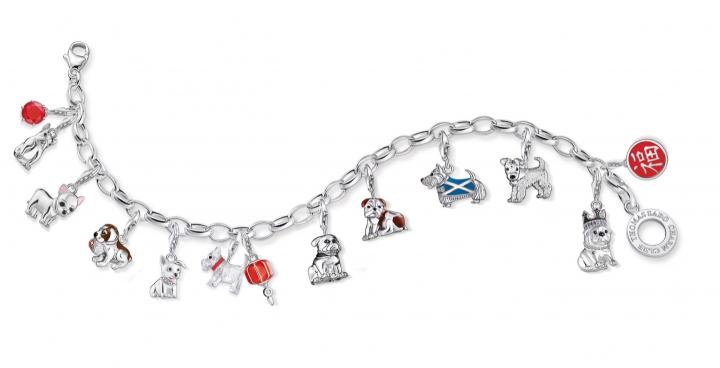

International brands follow a tradition of launching Chinese New Year limited editions to enhance their brand image and reconnect with Chinese consumers during this pivotal event. Despite this, the Chinese public’s opinions often diverge, challenging the style-over-substance interpretation of their culture and aesthetic. Explore the dynamics of brand image building during the Chinese New Year, highlighting the nuances in consumer perceptions and the strategic considerations brands must navigate in align
Unlock the cultural significance of the Chinese New Year and explore effective ways for brands to leverage it without appearing culturally insensitive. Delve into examples where international brands showcase a genuine appreciation for the target market’s culture while emphasizing their brand image and core values. Uncover insights into navigating cultural nuances during the Chinese New Year, fostering authentic connections and reinforcing a positive brand image in the eyes of consumers.
The world’s oldest luxury watchmaker Blancpain set a great example with its Traditional Chinese Calendar collection that is based on the millenarian time measurement principles, profoundly rooted in the Chinese culture.
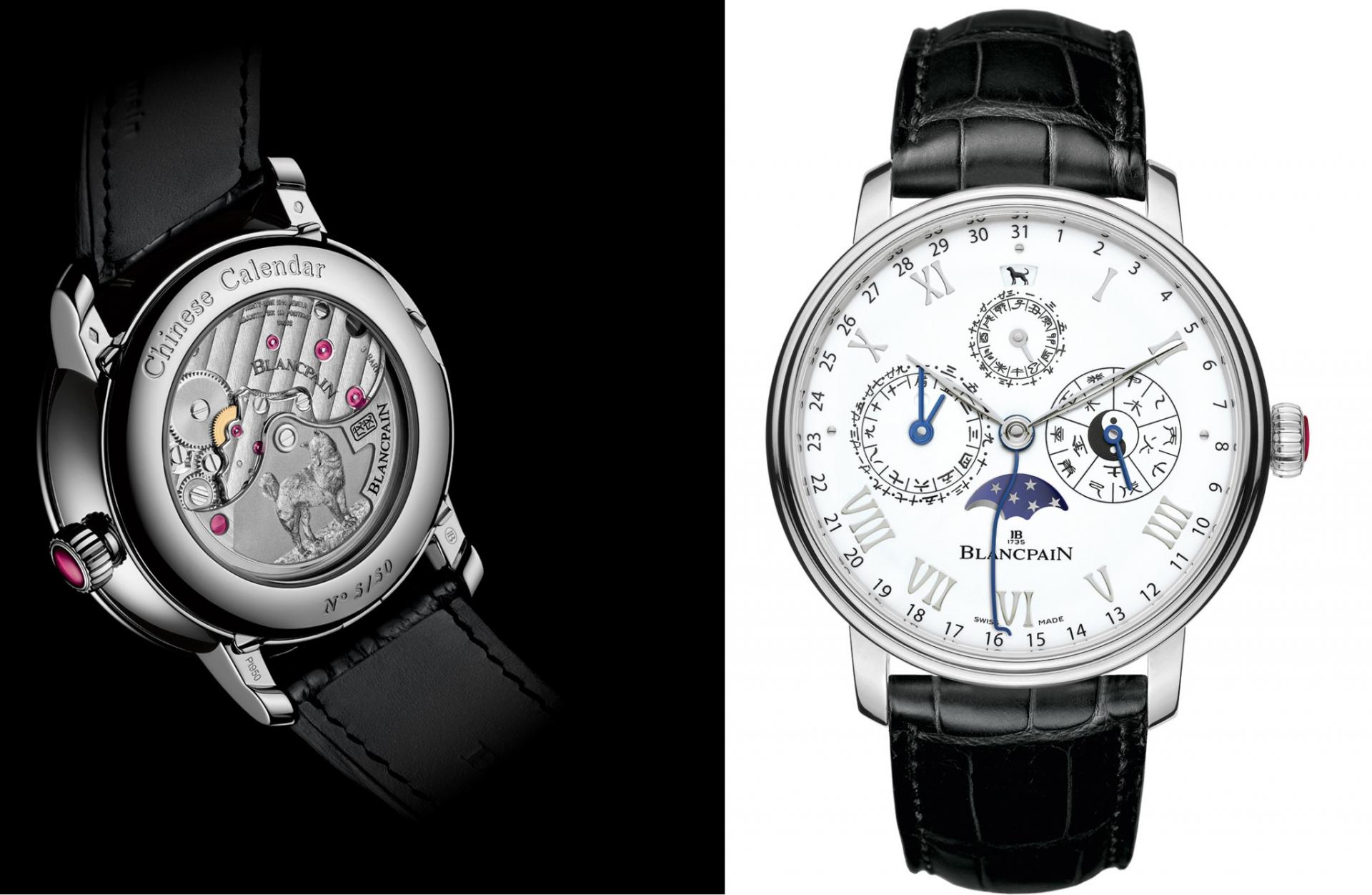
With the sophisticated and super premium wristwatch, Blancpain presented its 2018 limited edition of Traditional Chinese Calendarwith a cameo of a dog on the case back, together with two characters “戊戌 (wù xū)” – from Chinese Celestial Stems and Terrestrial Branches – indicating the order of the year 2018 in Chinese traditional calendar in a 60-year cycle.

The exquisitely designed dial features beautiful detailsthat are important in the Chinese culture, such as the Celestial Stems and Terrestrial Branches, Chinese zodiac symbols, the 5 elements (Metal, Wood, Water, Fire and Earth) as well as the moon phase indicator.
Launching its first Traditional Chinese Calendar wristwatch in 2012 in the most important and symbolic Chinese year of the Dragon that carries the meaning of power and success, Blancpain shows deep understanding of its luxury-loving consumers with its discrete incorporation of the zodiac symbol, and a focus on the sophisticated Chinese traditional calendar.
With this limited edition, Blancpain not only gained brand esteem in front of its Chinese audience because it not only demonstrated true appreciation of the Chinese culture, but also underlined its sophistication and expertise in watchmaking.
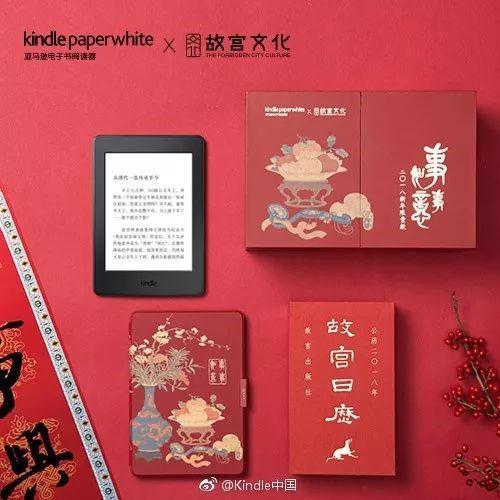
E-book reader leader Amazon Kindle’s special edition also chose to feature the traditional Chinese calendar. In 2018, it launched a special Dog Year Edition of the Chinese Traditional Calendar co-branded with the Imperial Palace Museum of Forbidden City.
First published in the 1930s and has been revisited since 2010, the annual edition of Chinese Traditional Calendar of the Palace Museum is an exhibition book curating a selection of collectives from the Palace Museum that feature the Chinese zodiac of the year. The 2018 edition is themed “灵犬报兴旺,瑞兽祝昌隆” (Perspicacious Canines and Auspicious Animals Announce a Flourishing and Prosperous Year), reflecting the vigilant, agile and loyal qualities, as well as the auspicious symbolization of the dog.
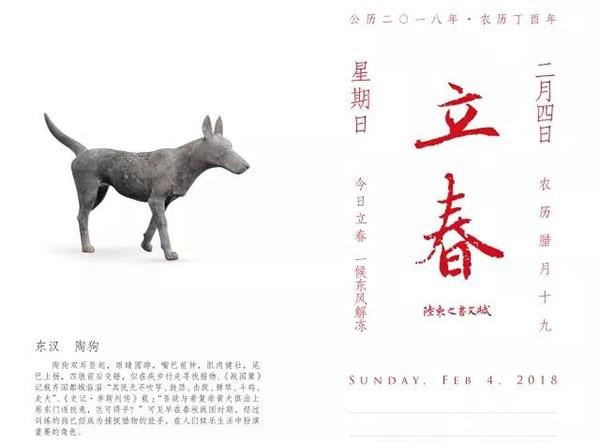
The interior pages of this calendar present both the Gregorian date and the Chinese traditional date together with the indication of Jie Qi (节气 [jié qì], Solar Term, the Chinese seasonal division system based on the solar cycle that divides a year into 24 terms according to the best periods for certain agricultural practices). On the left is a page showing one of the collectives related to the theme of Dog, with detailed description.
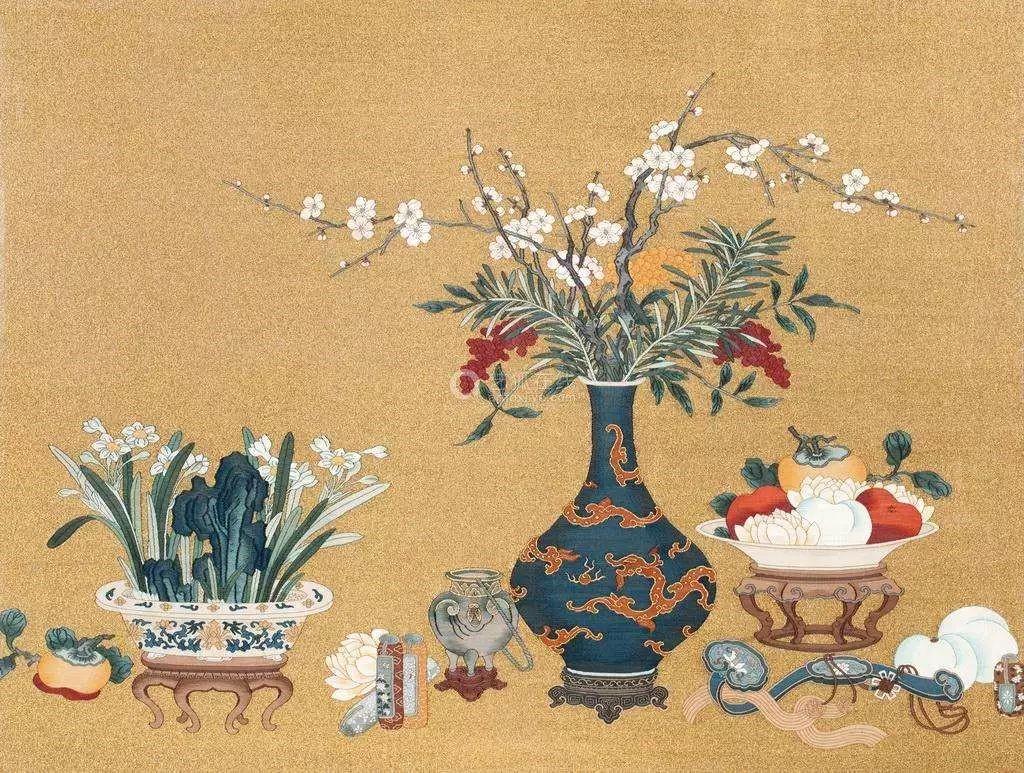
The protector of this special edition also features a precious collective from the Palace Museum –the New Year Silk Tapestry (缂丝岁朝图). The richness of flowers and fruits hints vitality and prosperity.
Amazon Kindle first partnered with Palace Museum in 2017 by releasing a series of Kindle PaperWhite protectors inspired by collectives from the Palace Museum. Through this unexpected co-branding, Kindle ‘returned’ to a ‘classic’ brand image and positioned itself beyond the digital and electronic brand, which may appear uncultured. By associating its brand identity with the Palace Museum, the symbol of traditional Chinese culture, Kindle smartly reinforced its core positioning, that is to provide users with digital reading experience that is just like reading a ‘classic print book’.
Targeting book readers and culture lovers, Amazon Kindle leveraged the occasion of Chinese New Year to double down on its partnership with the Palace Museum, thus enhancing its desired brand image. The Palace Museum in the meanwhile, has been able to give itself a modern edge through the co-branding with Kindle, attracting younger audiences. This example again showed brands that a well thought-out Chinese New Year campaign can create much more value than mindlessly jumping on the bandwagon.
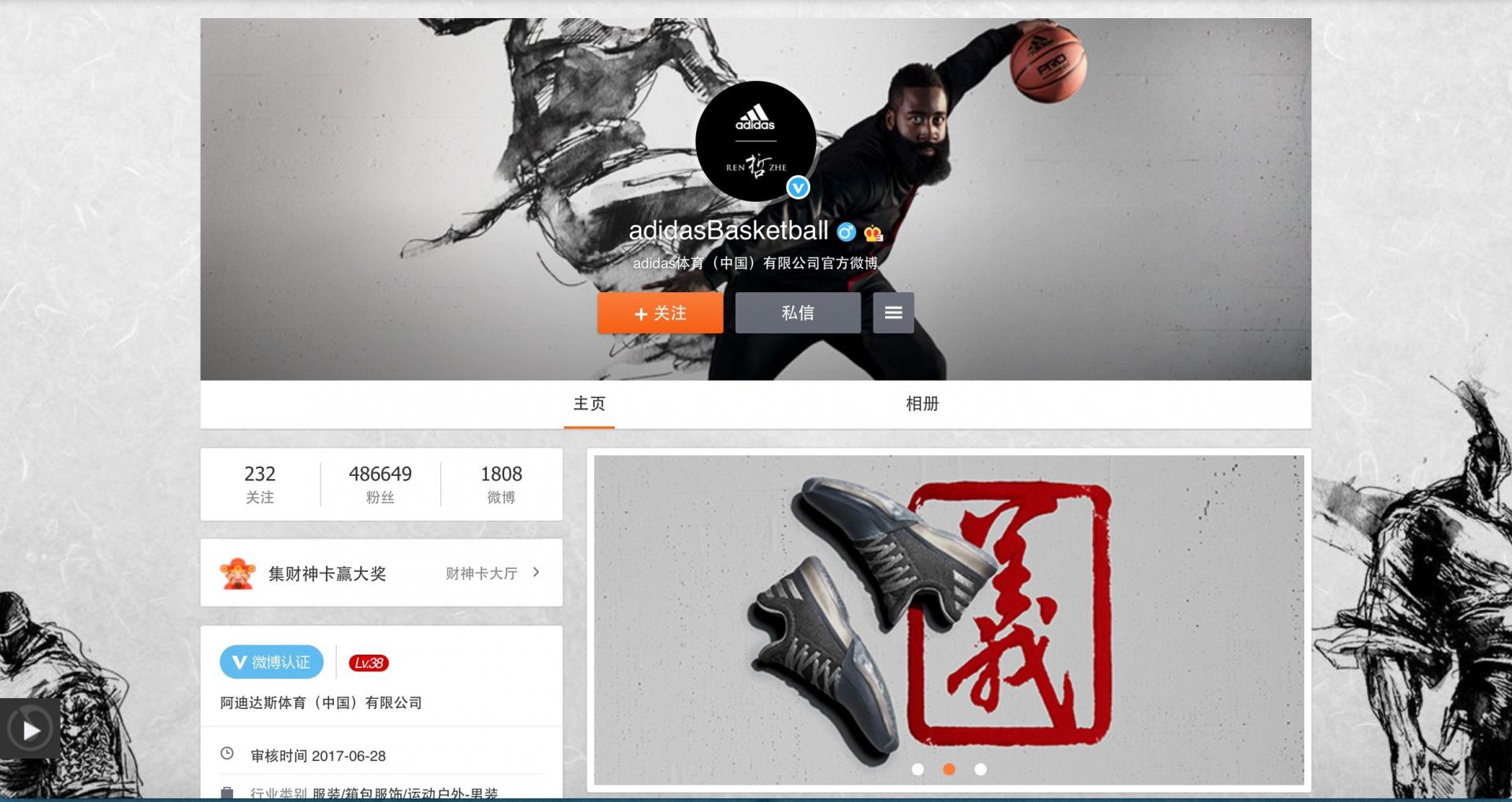
Screen capture of Adidas’s official Weibo page
Leveraging the Chinese Kongfu and the mastiff as its brand image on the Chinese New Year, Adidas issued the special edition under the name of “忠, 信, 义, 勇” ([zhōng/ xìn/ yì/ yǒng], meaning “loyalty, honesty, righteousness, courage”) that associates the basketball culture with the spirit of mastiff and of Chinese Kongfu. This special edition is created in collaboration with Chinese sculptor Ren Zhe, who is a post-80s artist passionate about Chinese culture and understands well the young generations.

Adidas 2018 Chinese New Year Special Edition release conference
Together with a Chinese pop singer and a famouslyric writer, Adidas released an MV themed “獒视群雄” ([áo shì qún xióng], mastiff/ view/ crowd/ hero), homonymous with the idiom “傲视群雄” ([ào shì qún xióng], proud/ view/ crowd/ hero) – “outstanding from a crowd of heroes”, incorporating the zodiac into its brand identity in form of a mastiff.
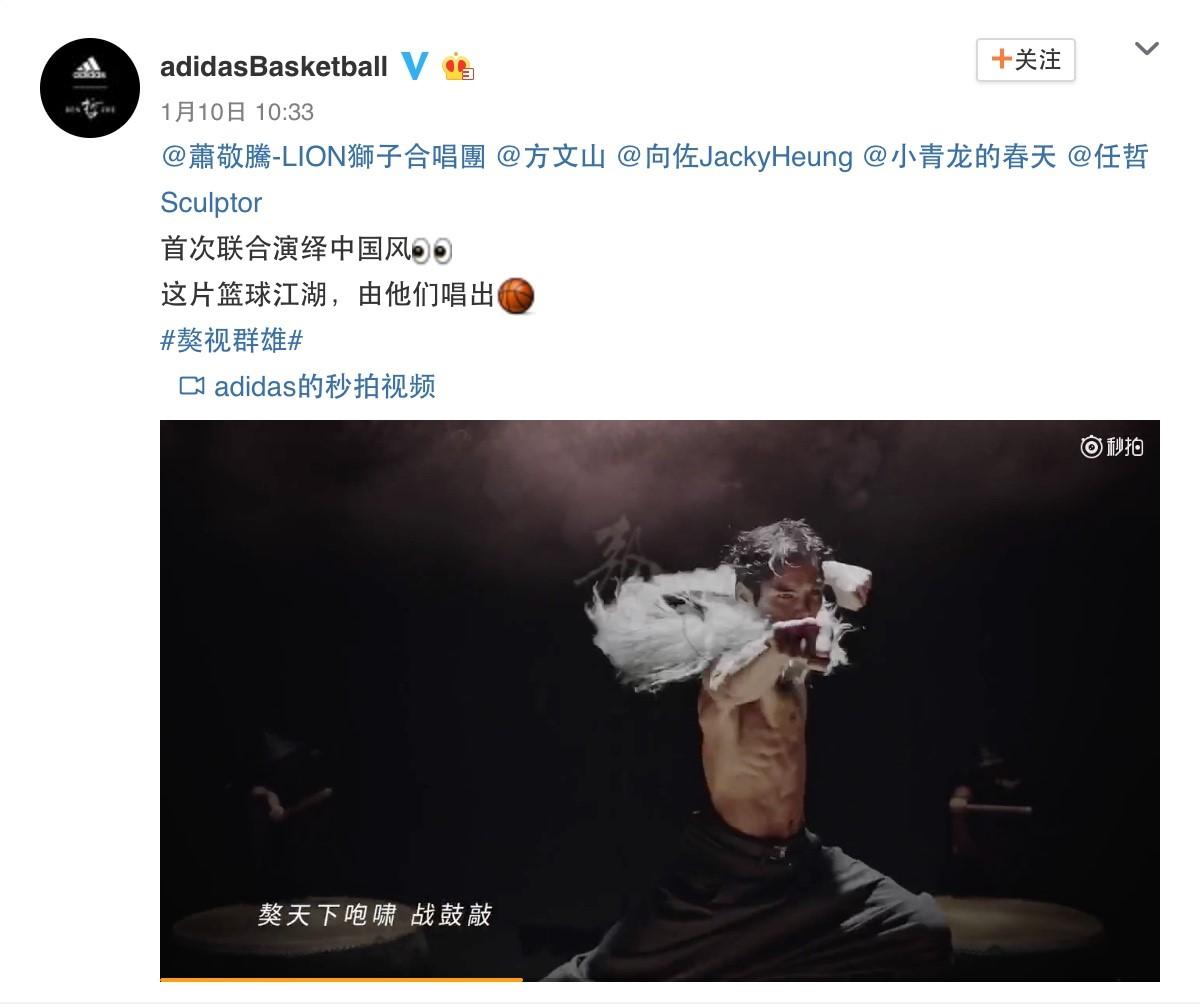
Screen capture of the Adidas Special Edition MV
Adidas boosted its brand image with a variety of signs that are both relevant to its brand positioning and an artistic combination of traditional and popular cultures of the Chinese market. Through the creative use of mastiff, a unique interpretation of the Dog zodiac, this special edition is culturally relevant and creatively underlining the brand’s core value.
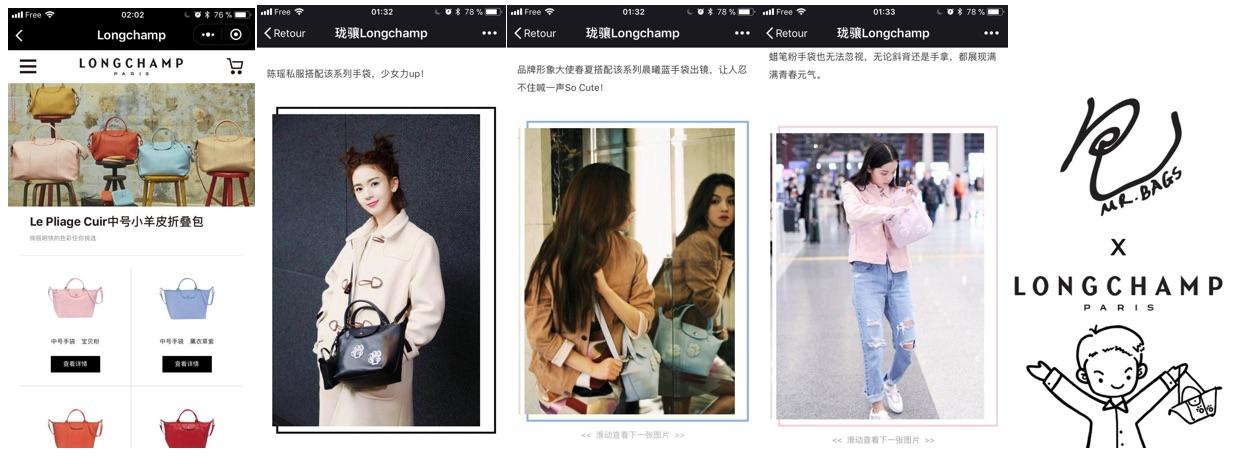
Screen captures from Longchamp’s official Wechat account
In the continuity of its newly released Pilage Cuir in “Girl Pink” and “Lavender Blue”, Longchamp created its special edition Pilage Cuir with a pair of cute puppy paws, in collaboration with the Chinese KOL (key opinion leader) Mr. Bags, who’s a genuine bag lover himself.
When luxury brands based in western countries find it hard to learn about the latest trends in Chinese market, the KOLs as trend setters themselves know it well. Longchamp’s Chinese New Year edition reflected the cute and girlish aesthetic in Asian pop culture, and stayed in tone with the Pilage collection’s core attributes: colorful, light and playful.
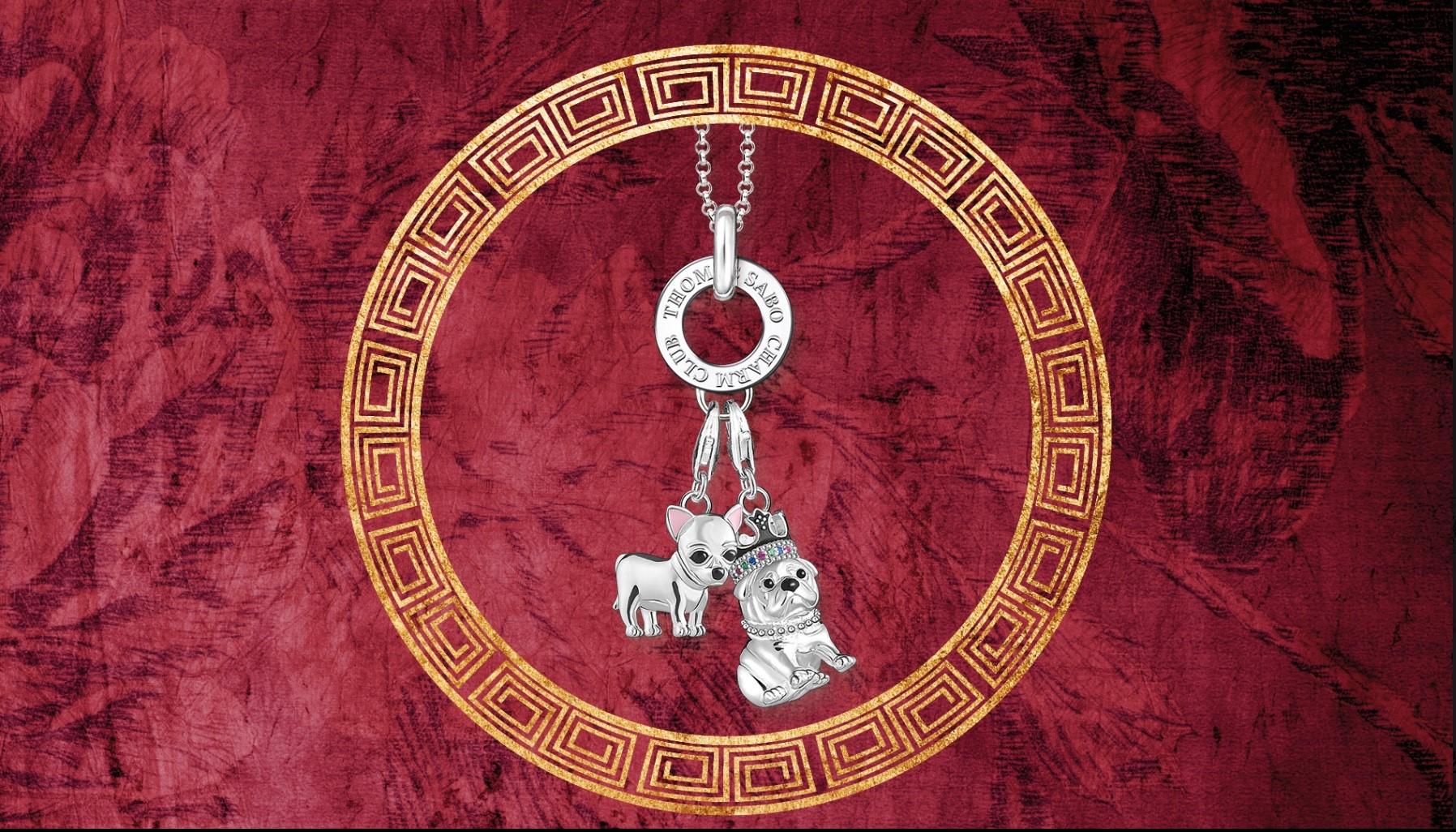
Thomas Sabo’s New Year editions feature a variety of products with smart homophonic naming incorporating characters related to “dog” and “good fortune”. For instance, “十犬十美” ([shí quǎn shí meǐ], ten/ dog/ ten/ happy) – homophonic pun of “十全十美” ([shí quán shí meǐ], meaning “full achievement of happiness); “双犬旺旺” ([shuāng quǎn wàng wàng], “double dogs, double prosperity”) replacing “汪” ([wāng], the phonetic transcription of the dog’s barking sound in Chinese) with a homophonic character “旺” [wàng] which means “prosperity”.
As a result, this festive and adorable product naming, echoing relevant cultural elements, will undoubtedly contribute to the brand’s relevance with its targeted young Chinese female consumers.
For brands aiming to resonate with Chinese consumers through dedicated Chinese New Year campaigns, avoiding simplistic representations of zodiac animals or arbitrary imitations of Chinese elements is crucial for building a strong brand image. True success lies in a comprehensive understanding of Chinese culture and a creatively interpreted alignment with consumer trends. Discover impactful ways to leverage this traditional event with strategic brand campaigns that not only connect with target audiences but also effectively convey the brand’s core values, enhancing overall brand image and resonance.
Lan Shu
Corporate Branding and Digital Manager
A Labbrand Group Company © 2005-2025 Labbrand All rights reserved
沪ICP备17001253号-3To improve your experience, we use cookies to provide social media features, offer you content that targets your particular interests, and analyse the performance of our advertising campaigns. By clicking on “Accept” you consent to all cookies. You also have the option to click “Reject” to limit the use of certain types of cookies. Please be aware that rejecting cookies may affect your website browsing experience and limit the use of some personalised features.